Stay Ahead of the Curve
Latest AI news, expert analysis, bold opinions, and key trends — delivered to your inbox.
Microsoft’s AI-Generated Quake II Demo Sparks Curiosity—and Criticism
5 min read Microsoft released an AI-generated, browser-based demo of Quake II using its Copilot platform and Muse models. While technically impressive, the simulation is glitchy and surreal—enemies disappear, object permanence breaks, and gameplay lacks depth. Critics, including game designers, argue it misunderstands true game preservation, offering a glimpse of AI’s potential but falling far short of a playable or faithful experience. April 07, 2025 07:28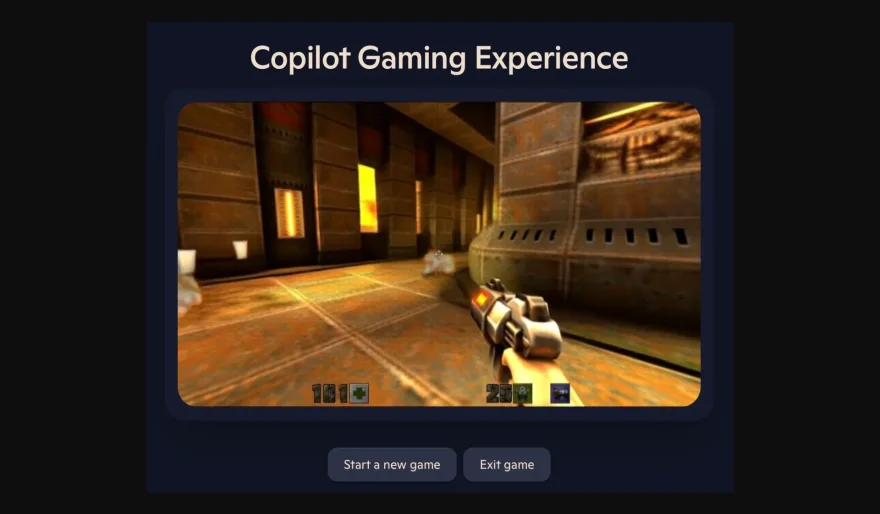
Microsoft has unveiled a browser-playable, AI-generated version of Quake II, built using its Copilot AI platform — but the tech demo is turning heads for both its novelty and its notable shortcomings.
Described by Microsoft researchers as a “research exploration”, the demo allows users to play a simplified, AI-simulated level of the iconic 1997 shooter directly in their browser. It’s powered by Microsoft's Muse family of AI models, which simulate game worlds by responding to keyboard or controller input in real time. While technically impressive, the result is less a faithful recreation and more of a surreal, Quake-like experience.
“We could wander around, move the camera, jump, crouch, shoot, and even blow up barrels,” the researchers wrote, marveling at the AI’s ability to approximate basic gameplay mechanics.
An Experimental Concept with Serious Glitches
Microsoft is quick to caution that this is not actually Quake II — it’s a model trained to simulate what playing Quake II might feel like. The difference is clear: textures are rough, enemies vanish if you look away too long, and health/damage indicators are often incorrect. The most jarring flaw? Object permanence is broken. Look away for a second, and enemies — or even yourself — might cease to exist.
This has led to some chaotic and comical moments. According to the researchers, players can:
-
Spawn or erase enemies by glancing at the floor
-
Teleport by briefly staring at the sky
They framed these quirks as part of the fun, calling it "playing the model" rather than the game.
Game Designers Are Skeptical
While the demo is an intriguing look into AI’s potential in gaming, not everyone is convinced — especially those in game development. Writer and game designer Austin Walker critiqued the project after spending most of his session stuck in a dark room. He called the AI-driven recreation fundamentally flawed, arguing that:
“If you aren’t actually able to rebuild the key inner workings [of a game], then you lose access to those unpredictable edge cases… and that’s a big part of what makes games good.”
Walker’s comments also respond to Microsoft Gaming CEO Phil Spencer, who recently said AI could be a tool for game preservation. But if this demo is the prototype, critics argue it misunderstands what preservation actually entails — namely, retaining the original code, physics, logic, and quirks that made games like Quake II legendary in the first place.
What It Really Is: A Glimpse, Not a Game
In its current state, Microsoft’s Quake II demo is more a proof of concept than a playable experience. It shows that large-scale video game simulation is possible using generative AI — but also highlights the many things AI still can't do well.
As AI continues to reshape content creation, Microsoft’s project offers a peek into how models might one day assist in reimagining or prototyping game experiences. But for now, gamers hoping for a true AI-enhanced revival of classics will need to wait — or just fire up the original.

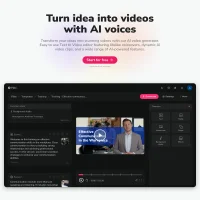


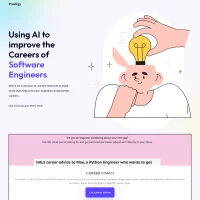




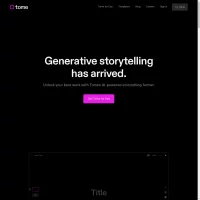








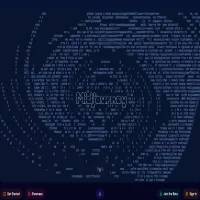
 AI Agents
AI Agents